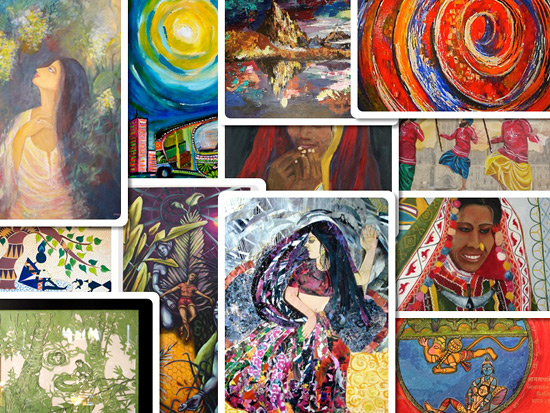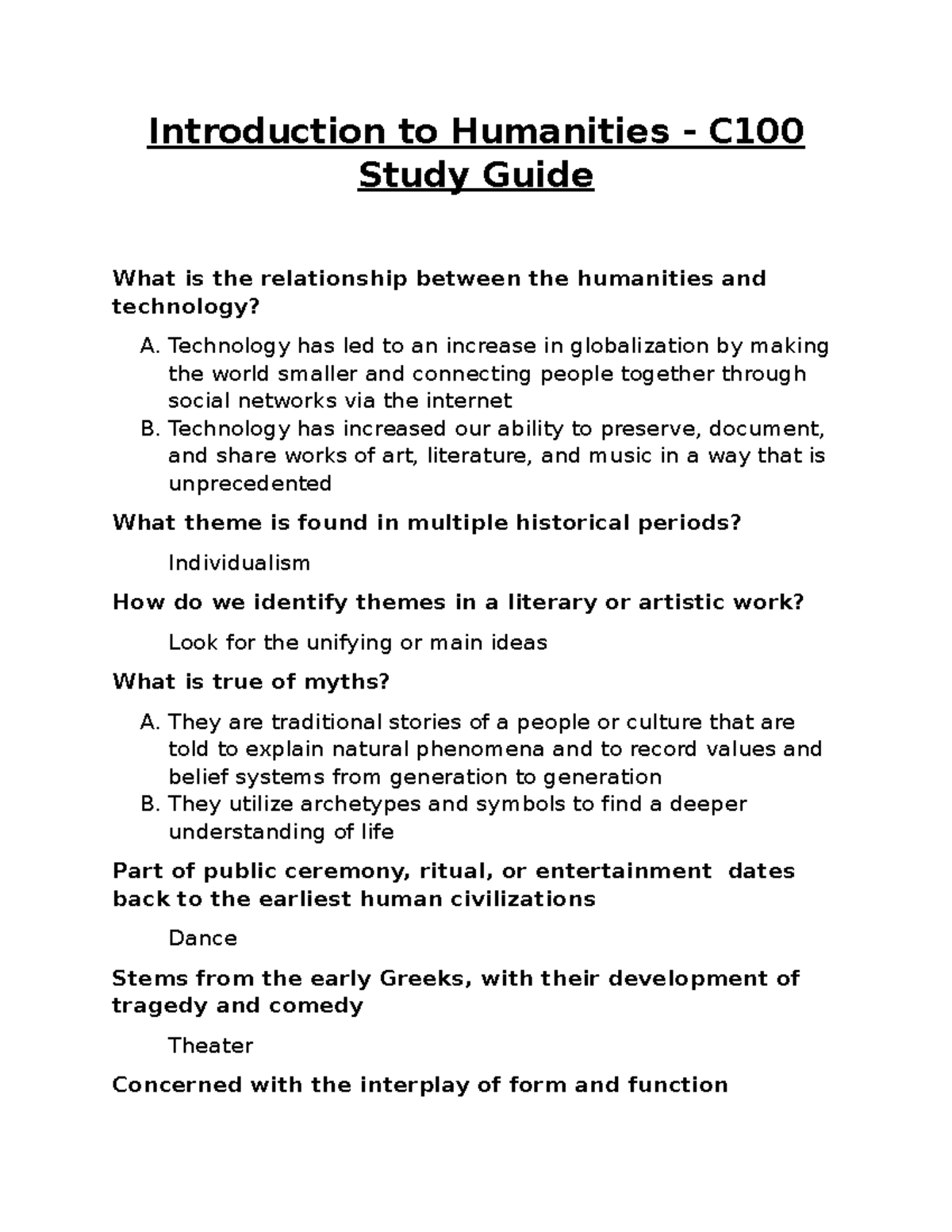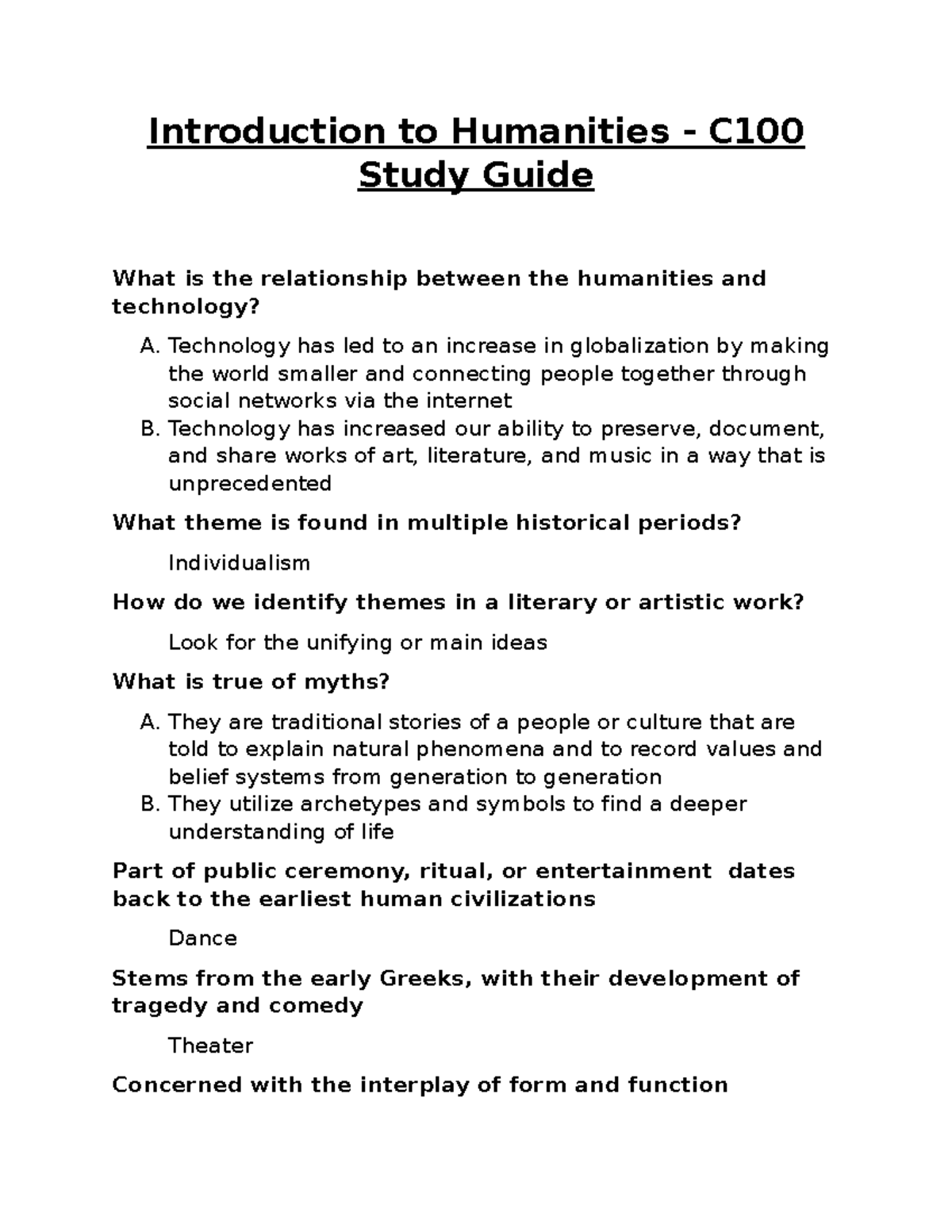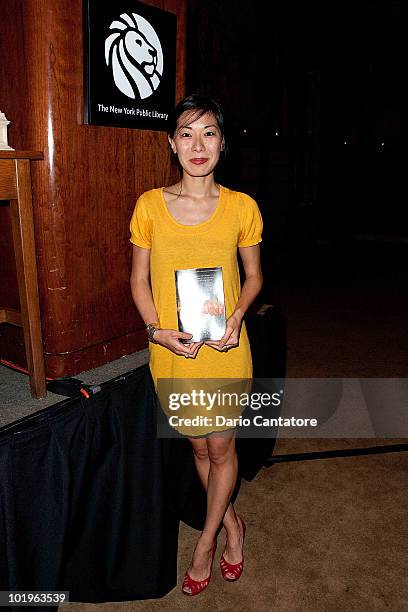Mapping Color in South Asian Art is an innovative project that seeks to unveil the rich and complex palette used by artists throughout history in this vibrant region. Through meticulous pigment analysis, researchers are uncovering the layers of historical pigments that have adorned manuscripts, paintings, and textiles for centuries. This initiative not only enhances our understanding of South Asian art but also contributes to art conservation efforts by providing crucial information about the materials and methods employed by artists. By tapping into the field of digital humanities, the project creates a unique database that unites artistic works with scientific data, facilitating interdisciplinary collaboration. Ultimately, Mapping Color in South Asian Art promises to reshape our appreciation of color and artistry, bridging gaps in knowledge and illuminating the past.
Exploring the hues and tones prevalent in the artistic expressions of South Asia, the Mapping Color initiative delves into the historical usage of pigments that have defined this region’s cultural heritage. This venture, which combines the expertise of art historians with conservation scientists, aims to construct a comprehensive database that catalogs various colorants used throughout history. By employing advanced techniques such as pigment analysis and non-invasive imaging, researchers strive to authenticate and preserve the artistry of ancient works. The melding of traditional art forms with contemporary scientific inquiry enriches our understanding of not only the artworks themselves but also the historical contexts in which they were created. This multi-faceted approach to documenting South Asian art sets the stage for new discoveries, paving the way for future research in art conservation.
Exploring Historical Pigments in South Asian Art
Historical pigments play a crucial role in understanding the artistic practices of South Asia. Through projects like the Mapping Color in History Project, researchers are mining historical artworks to uncover the pigments that were originally used. These investigations often reveal indigenous sources of colorants, challenging long-held beliefs that certain pigments, such as cobalt, were exclusive European imports. The use of techniques like pigment analysis helps in identifying these materials, offering a deeper insight into the vibrant palettes employed by South Asian artists over centuries.
Moreover, understanding historical pigments allows art historians and conservators to better appreciate the technical expertise of artists. By examining the specific composition of pigments found in artworks, researchers can draw connections between historical context and creative choices, demonstrating a sophisticated understanding of color and material interactions. This not only preserves cultural heritage but also enriches the narrative of South Asian art history.
Mapping Color in South Asian Art
The Mapping Color in History Project brings a novel perspective to South Asian art by focusing on the meticulous mapping of colors utilized in various artworks. By creating an open-access database, the project allows scholars, curators, and enthusiasts alike to delve into the intricate details of color usage throughout history. Users can explore pigments by filtering results through various parameters like artist or geographical origin, thus fostering a more comprehensive understanding of the visual language in South Asian art.
In employing digital humanities alongside art conservation practices, the project not only preserves historical knowledge but also engages contemporary audiences. The collaboration between scientists and art historians is pivotal, as it bridges the gap between scientific analysis and historical context. This multidisciplinary approach underscores the importance of continual research and discussion regarding the materials utilized in the artworks, thereby enriching future scholarly inquiries.
The Role of Digital Humanities in Art Conservation
Digital humanities play an increasingly important role in art conservation, particularly in projects like Mapping Color. The integration of technology allows for the development of databases that enhance the accessibility and understanding of artistic materials used in historic pieces. By leveraging tools such as non-destructive imaging and spectral analysis, conservators can gather vital information about an artwork without compromising its integrity. This not only aids in the preservation of art but also supports educational efforts related to South Asian heritage.
The collaboration between digital technology and historical inquiry opens new avenues for research. Scholars can analyze large datasets that consider geographic, temporal, and artistic contexts, revealing patterns that previously went unnoticed. This interconnectedness of data encourages a vibrant dialogue among disciplines, allowing for richer interpretations of South Asian art. Ultimately, digital humanities transform how we engage with and preserve the legacy of historical artistic practices.
Significance of Indigenous Knowledge in Colorants
Recognizing indigenous knowledge of colorants enriches the narrative of South Asian art. It sheds light on the longstanding traditions of pigment production and usage that predate European contact. By investigating local sources of vegan and mineral pigments, researchers find evidence of a sophisticated understanding of color and its applications in art. This challenges the notion of European dominance in the narrative of art history and acknowledges the vibrant cultural practices of South Asian artists.
The insights gained from this exploration inform current art practices and conservation strategies. Modern artists, like Babulal Marotia, continue to draw upon these traditional methods, ensuring that this knowledge is not lost. By studying contemporary practices alongside historical artworks, the Mapping Color project enables a dialogue between past and present, paving the way for new interpretations and affirmations of South Asia’s rich artistic heritage.
The Interplay of Science and Art in Pigment Analysis
The integration of scientific methods into art history, particularly through pigment analysis, has transformed our understanding of historical artworks. Scientists employ techniques such as Raman spectroscopy and X-ray fluorescence to analyze pigments without damaging the artwork. This allows researchers to obtain a clearer picture of the materials and methods used by historical artists, which is crucial for conservation and education in the field of South Asian art.
Furthermore, the results of such analyses often reveal surprising findings about the originality of materials. For example, identifying a pigment’s origin can lead to new insights regarding trade routes and cultural exchanges within South Asia. This scientific approach not only enhances our knowledge of artistic practices but also emphasizes the importance of interdisciplinary collaboration between conservators, scientists, and art historians.
Identifying Trends in Color Usage Through Data
As the Mapping Color in History Project grows, it provides a unique opportunity to identify trends in color usage across different periods in South Asian art. By compiling extensive lists of pigments along with their respective historical contexts, researchers can analyze how cultural and environmental factors influenced artistic choices. This data-driven approach fosters a greater understanding of the dynamics that shaped the visual landscape of South Asia over the centuries.
By tracking the usage of colors over time, scholars can also uncover shifts in artistic practices and the introduction of new materials. This can lead to exciting discoveries about the dialogues between different cultural influences and local traditions. Such insights not only contribute to academic knowledge but also enhance the appreciation of the rich, diverse heritage present in South Asian art.
Collaboration Across Disciplines Enhances Research
Collaboration is at the heart of the Mapping Color in History Project, epitomizing the importance of combining different areas of expertise. Art historians, digital humanities specialists, and conservation scientists working together create a more holistic approach to understanding the complexities of color in historical artworks. Each discipline contributes unique insights, leading to more robust research outcomes and innovative methodologies for studying South Asian art.
This interdisciplinary cooperation is crucial in addressing the challenges of conventional art history, which often relies on Western perspectives. By incorporating local knowledge and traditions into the research process, the project promotes a deeper recognition of South Asia’s diverse artistic heritage. The collaborative model serves as a blueprint for future research endeavors, emphasizing the value of merging different perspectives to enrich our understanding of the past.
The Challenges of Art Attribution in Historical Contexts
Attributing authorship and context to historical artworks remains a significant challenge, particularly in the realm of South Asian art. Many pieces lack precise documentation regarding their creators, places of origin, and exact dates. Such ambiguities complicate efforts to compile a comprehensive database of pigments used in these works. Nonetheless, initiatives like Mapping Color aim to tackle these issues by encouraging extensive research into historical contexts and fostering comparative studies.
As scholars work to uncover more information about individual pieces, they enhance their understanding of regional styles and practices. This effort not only aids in determining the origins of pigments but also sheds light on artists’ intentions and social influences during the time of creation. Addressing these challenges is vital for developing a more accurate and nuanced narrative of the historical art landscape in South Asia.
Engaging the Public with Art History
Projects like Mapping Color in History are designed not only for academic inquiry but also to engage the general public with South Asian art. By providing an open-access database, the project invites visitors to explore the intricate details of artworks and their material compositions. This democratization of knowledge plays a crucial role in fostering a greater appreciation for art and cultural heritage.
Moreover, the initiative encourages educational outreach by providing resources for teachers and students. By making data readily accessible, the project ensures that the stories of South Asian artists and their innovative use of pigments resonate with new generations. Engaging the public in this way highlights the importance of understanding our artistic past and its continued relevance in today’s world.
Frequently Asked Questions
What is the Mapping Color in South Asian Art project?
The Mapping Color in South Asian Art project is an ongoing research initiative aimed at creating a comprehensive object-based pigment database that catalogues historical pigments used in South Asian art. Launched in 2018 by Jinah Kim and her team, this project analyzes artifacts to uncover the indigenous colorants utilized by artists in the region, which were often thought to be imported from Europe.
How does pigment analysis benefit the understanding of South Asian art?
Pigment analysis plays a crucial role in enhancing our understanding of South Asian art by revealing the composition, origin, and historical context of the pigments used. This scientific examination allows researchers to identify indigenous colorants and differentiate them from European imports, shedding light on the artistic practices and material culture of the region.
Why is historical pigment research important in art conservation?
Historical pigment research is vital in art conservation as it informs conservators about the materials and techniques used in creating artworks. Understanding the chemical properties and vulnerabilities of these pigments helps in developing appropriate conservation methods, ensuring the longevity and integrity of South Asian art pieces.
What role do digital humanities play in the Mapping Color project?
Digital humanities play a significant role in the Mapping Color in South Asian Art project by facilitating the creation and maintenance of a sophisticated database that merges data from scientific analyses and art history. This interdisciplinary approach enhances accessibility and promotes collaboration between art historians and scientists, allowing for more nuanced interpretations of the artworks.
How can educators and students utilize the Mapping Color in South Asian Art database?
Educators and students can utilize the Mapping Color in South Asian Art database as a resource for research and teaching by exploring pigment compositions and historical contexts of various South Asian artworks. The database provides searchable information on pigments, artists, and art historical trends, making it a valuable educational tool for understanding the complexities of South Asian artistic heritage.
What insights can be gained from studying pigments in historical South Asian manuscripts?
Studying pigments in historical South Asian manuscripts can provide insights into the artists’ material choices, cultural influences, and historical context. For example, the use of indigenous pigments versus introduced materials can highlight trade routes, technological advancements, and changing artistic practices within South Asia.
How does Mapping Color in South Asian Art address the gaps in existing pigment databases?
Mapping Color in South Asian Art addresses gaps in existing pigment databases by focusing specifically on the unique artistic traditions of South Asia, which have often been overlooked in Western-centric research. By creating a dedicated database, the project aims to document and analyze the rich diversity of colorants used in the region before the significant European influence.
What non-destructive methods are used in pigment analysis within South Asian art?
In the analysis of South Asian art pigments, non-destructive methods such as imaging techniques (infrared and ultraviolet), x-ray fluorescence, and Raman spectroscopy are employed. These techniques allow for detailed examination of pigments without damaging the artworks, preserving their integrity while extracting valuable data for research.
How does the Mapping Color project enhance collaborative efforts in art history and science?
The Mapping Color project enhances collaboration between art history and science by integrating material analysis with historical context, allowing experts from diverse fields to work together. This collaborative model encourages dialogue and exchange of knowledge, leading to more comprehensive understanding of art materials and practices in South Asia.
What challenges exist when mapping the origins of pigments in South Asian art?
Mapping the origins of pigments in South Asian art presents challenges due to the often vague attribution of historical artworks, such as general geographic locations and time periods. The variability in historical documentation complicates efforts to pinpoint precise origins, necessitating ongoing research to improve accuracy in attributions and enhance the database.
| Key Point | Details |
|---|---|
| Introduction to the Project | The project, titled ‘Mapping Color in History,’ aims to map and analyze the pigments used in South Asian art. |
| Historical Insights | Jinah Kim discovered that some pigments thought to be imports from Europe may have origins in South Asia. |
| Database Features | An open-access database allows users to search by various criteria including pigment and location of origin. |
| Collaboration | The project involves collaboration among digital humanities, conservation science, and art history experts. |
| Innovation in Methods | Non-destructive methods are primarily used for pigment analysis, with various modern techniques such as Raman spectroscopy employed. |
| Challenges | Mapping precise origins of artworks is complex due to the often vague historical records associated with South Asian paintings. |
| Support and Future Directions | The project is supported by the Lakshmi Mittal and Family South Asia Institute, with plans to enhance the database further. |
Summary
Mapping Color in South Asian Art highlights the innovative research being conducted to understand the origins and compositions of pigments in historical artworks. This project uncovers the histories behind colors used in South Asian art, challenging existing narratives that suggest a predominantly Western influence. Through advanced scientific methods and a collaborative approach, the Mapping Color in History Project is redefining our understanding of colorants and their cultural significance, ultimately providing a richer perspective on the artistic traditions of South Asia.










